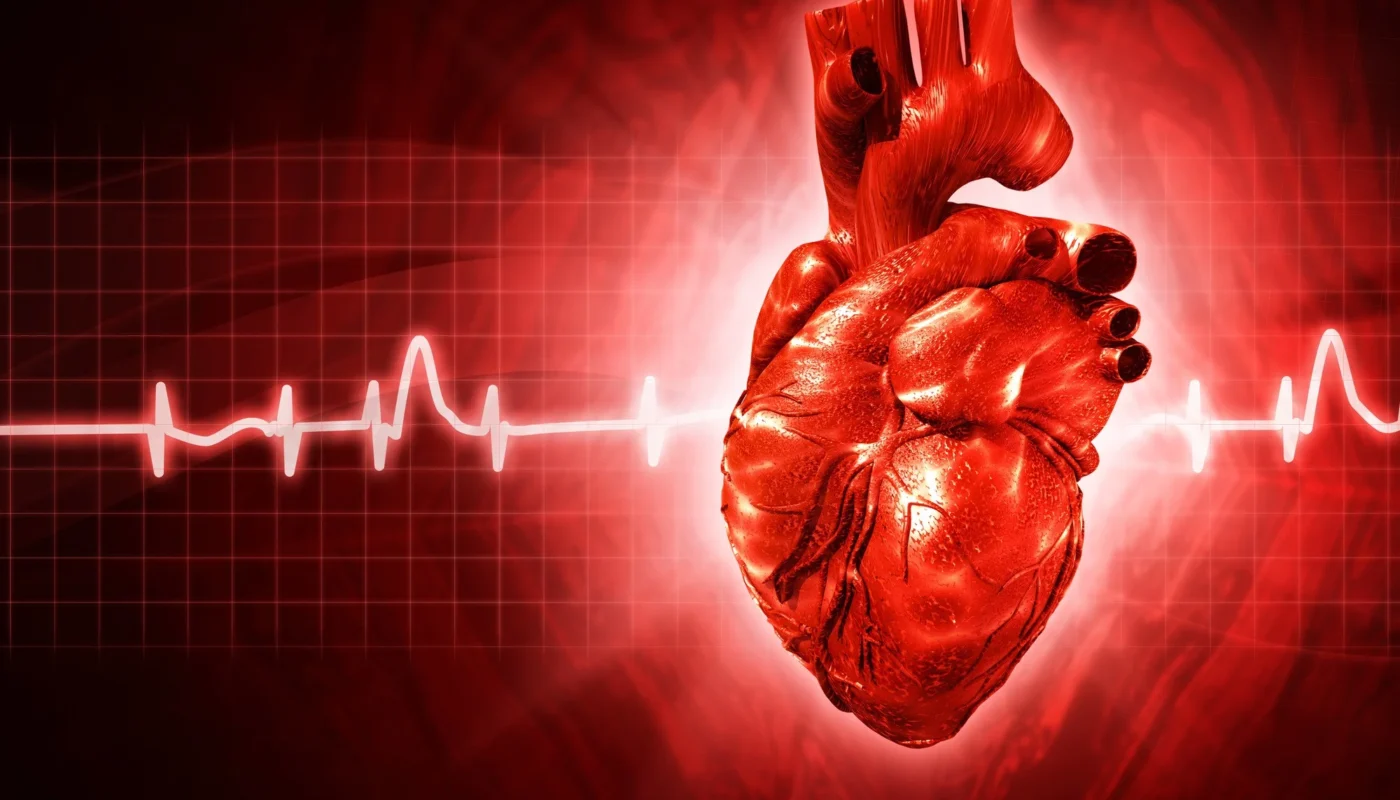San Francisco’s Exploratorium, a renowned science museum, has collaborated with Gladstone Institutes to create a groundbreaking permanent exhibit that offers an immersive experience into the microscopic world of the human heart. The exhibit, called Give Heart Cells A Beat, showcases living cardiomyocytes, allowing visitors to interact directly with these pulsating heart cells.
The collaboration between Exploratorium and Gladstone Institutes brings together their collective expertise in science and technology. The exhibit provides a unique opportunity for visitors to gain insights into the inner workings of their own hearts. Dr. Kristina Yu, senior director of science R&D for the Exploratorium, describes the experience as looking through a lens into oneself.
As visitors approach the exhibit, they are met with a projected video displaying up to 200,000 beating heart cells on an oversized monitor. By holding onto handlebar sensors, visitors feel their own pulse transmitted through their hands. Within seconds, they witness the heart cells on the screen synchronizing their beats with their own hearts. This juxtaposition of the microscopic cells with the larger-than-life image on the screen creates a powerful visual experience.
The idea for the heart exhibit originated from a scientist in Dr. Bruce Conklin’s lab at Gladstone Institutes, who contemplated whether it was possible to synchronize beating heart cells from the lab with the hearts of visitors. This concept posed a significant challenge in terms of scalability but served as a catalyst for the collaboration between the two institutions.
Dr. Yu and Dr. Conklin, along with their teams, detail their experience with the heartbeat exhibit in a study published in Stem Cell Reports. The exhibit is believed to be the first interactive museum display featuring live human heart cells. These cells are derived from adult skin cells and developed into heart cells using stem cell technology at Gladstone Institutes.
The researchers hope that sharing their detailed experience will inspire future collaborations between academia and public science venues worldwide. The exhibit not only sparks discussions about the heart, health, and stem cell science but also encourages visitors to reflect on their own cardiovascular well-being.
According to the Exploratorium’s interviews with museum visitors who interacted with the exhibit, 90% reported thinking more about their own hearts, 30% expressed admiration for the exhibit’s technology, and 20% specifically mentioned their fascination with stem cells. Furthermore, visitors spent more time engaging with the heart-cell exhibit than any of the other 37 exhibits available.
Significantly, the exhibit also educates visitors about its functioning. Visitors learn that their heart rate is transmitted as an electrical signal from the handlebar sensors to a lab dish containing living heart cells located a few feet away behind a window. When the cells receive the signal, they align their beats with the visitor’s heart rate. The monitor provides written cues, encouraging visitors to increase or decrease their heart rate to observe how the cells respond or invite others to compare heart rates using the handlebars.
Dr. Yu emphasizes the excitement of witnessing visitors’ reactions, observing them perform jumping jacks or running in place to elevate their heart rate, which is quickly mirrored in the video image. Furthermore, the exhibit requires minimal explanation as the heartbeat is something that individuals experience throughout their lives. Dr. Yu points out that while people may never have the opportunity to observe their own living heart cells, they can feel their heartbeats every day. This exhibit allows visitors to engage in an electrical dialogue with these cells.
The exhibit faced numerous challenges, including the ability to sustain heart cells in a dish for prolonged periods. Nevertheless, heart cells possess unique characteristics as they exhibit real-time dynamic behavior through their pulsations and respond to external stimuli. Dr. Juan Perez-Bermejo, the first author of the study and a former postdoctoral fellow in Dr. Conklin’s lab, highlights the heart cells’ exceptional nature, making them the ideal centerpiece for such an exhibit.
The collaboration between Exploratorium and Gladstone Institutes has brought science, technology, and education together to create a groundbreaking exhibit that provides an intimate understanding of the complexities of the human heart. By immersing visitors in this interactive experience, the exhibit fosters a sense of wonder and knowledge about cardiovascular health and stem cell science.
*Note:
1. Source: Coherent Market Insights, Public sources, Desk research
2. We have leveraged AI tools to mine information and compile it



